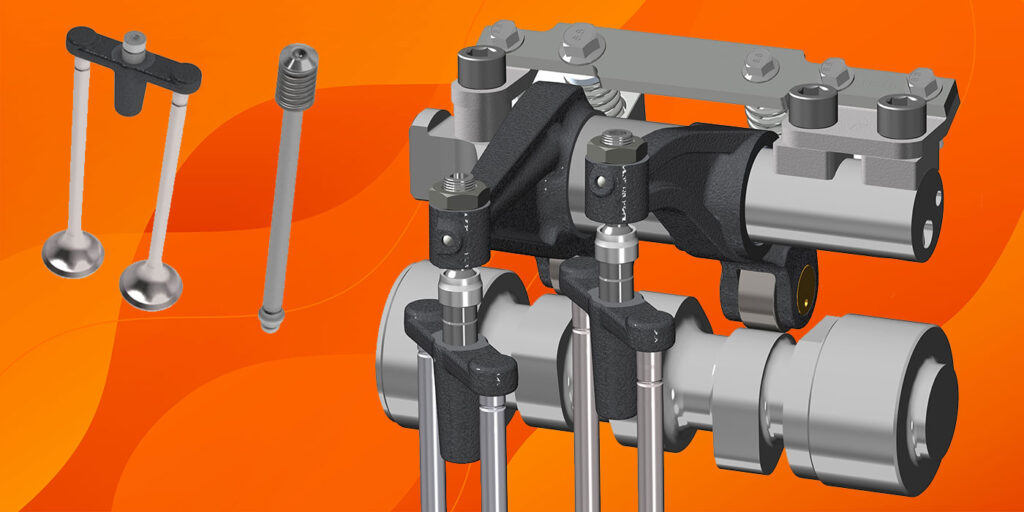There is no denying that there is much excitement about developments in the battery electric truck space as the commercial vehicle industry focuses on reducing its negative impact on the environment. But don’t overlook how changes in diesel engines are also making significant green gains and contributing to decarbonization. The reality is that diesel engines have been getting cleaner and cleaner over the past 20-plus years and, according to the Diesel Technology Forum, 49% of all diesel-powered commercial vehicles in the U.S. are now fueled by clean diesel technology.
Two of the latest diesel technologies that Jacobs Vehicle Systems has been working on to reduce NOx and CO2 emissions, for example, are variable valve actuation (VVA) and cylinder deactivation (CDA) are two of the most promising ways to achieve the twofold goal of increased fuel efficiency and lower emissions.
Two-step VVA adjusts valve openings and closings—early or late valve closings — in real time and allows valve timing to be optimized at two operating points. Early intake valve closing works by using an early closing profile main event with auxiliary valve motion deactivated. Late intake valve closing works with the late closing cam profile activated on the auxiliary rocker arm, which keeps the valve open longer.
An early opening cam profile on the auxiliary rocker arm, or lost motions system that is actuated on-demand with engine oil, is how early exhaust valve openings occur. This allows the engine and aftertreatment system to warm up faster improving emissions because it keeps the aftertreatment system hot during low load operation.
VVA integration has little impact on engine overhead design and precisely tunes the engine across all of its operating ranges.
CDA has been used for decades in passenger cars but is relatively new to trucking. CDA works by disabling engine cylinder valves. For overhead cam engines, its hydraulically activated mechanism is integrated into a collapsing valve bridge system. For cam in block engines, a collapsing pushrod system is used. As many cylinders as needed can be deactivated, which improves combustion efficiency during low level torque demand.
Components used for CDA are identical to those of Jacobs’ high density engine brake and therefore have a long history of durability. To ensure cylinder shutdowns are optimally managed, Jacobs has partnered with Tula Technology Inc., an internal combustion controls specialist. Tula’s dynamic skip fire (DSF) combined with Jacobs’ CDA means decisions about which cylinders to deactivate are made on an individual basis, and every engine rotation, in order to best meet torque demands and eliminate vibration.
Independent test results showed using three-cylinder deactivation resulted in a six percent drop in CO2 and eight percent drop in NOx during the hot FTP cycle. Under low load conditions of the LL cycle, CO2 dropped 12 percent and NOx 77 percent.
Emissions are improved with CDA because of higher exhaust temperatures. Even when the engine is running at low loads, aftertreatment temperatures are maintained. CDA improves fuel economy because of the increased load on the cylinders that are still operating.
The new CARB low NOx regulations for 2024 and 2027 include further reduction in NOx from diesel engines, and the EPA is expected to make similar targets for 2027. CDA is a technology that will help the industry meet those standards while further improving fuel efficiency.
Even as fleet managers begin bringing more electric vehicles into their fleets, diesel powered vehicles will still dominate the market for the foreseeable future. Adding to those numbers are vehicles that are being developed with renewable fuels. Compressed natural gas, liquefied natural gas, propane, renewable diesel and other alternative fuel sources are looking more and more like viable options. Diesel options need to be considered as a way to ensure that today’s truck exhaust is as free of harmful emissions as possible as fleets move toward more sustainability minded operations.














